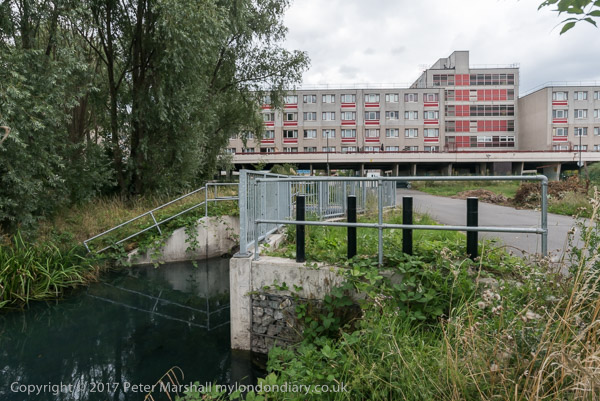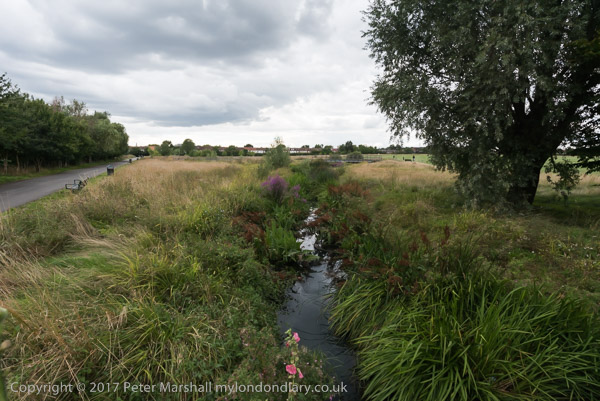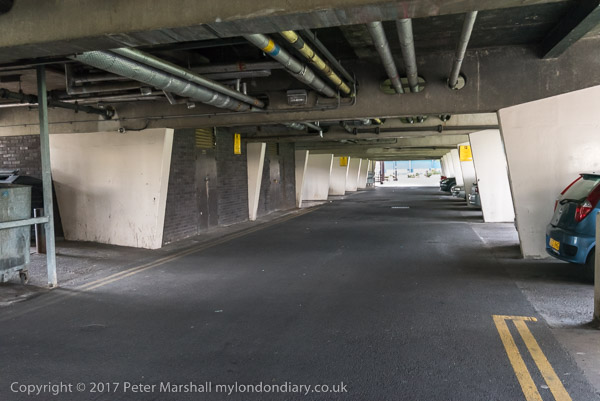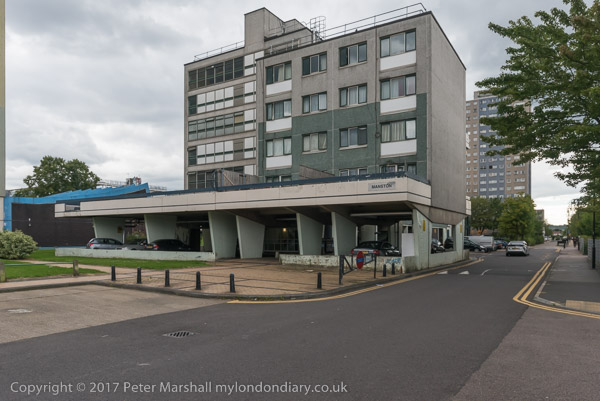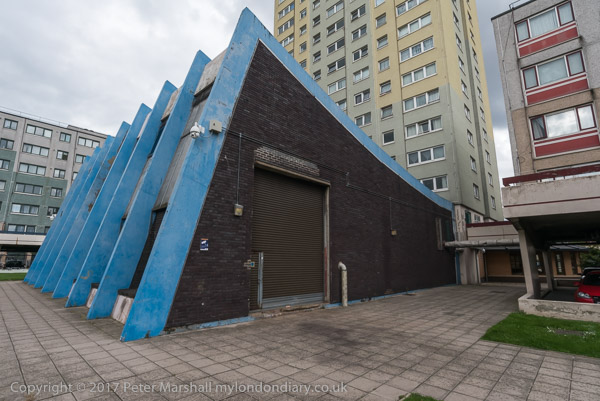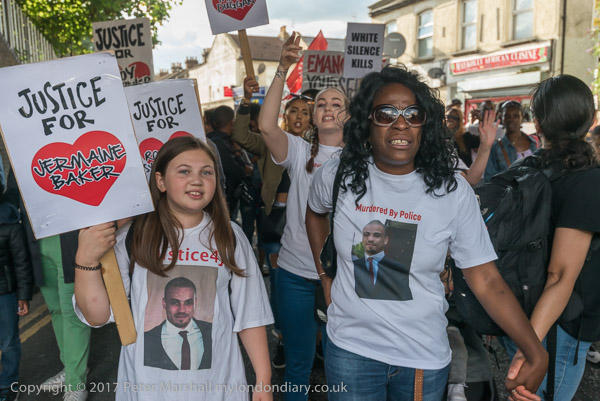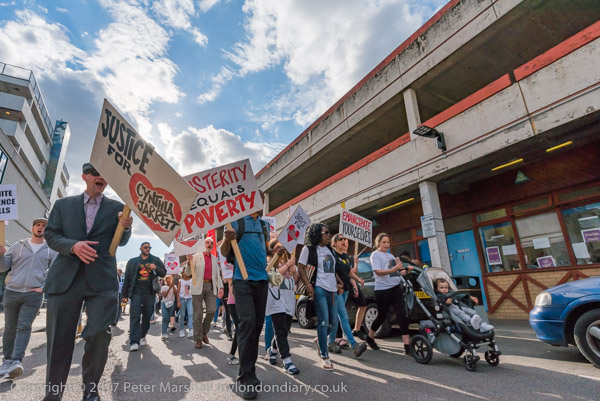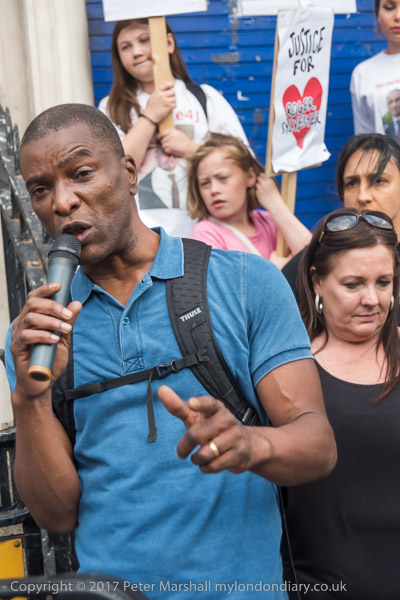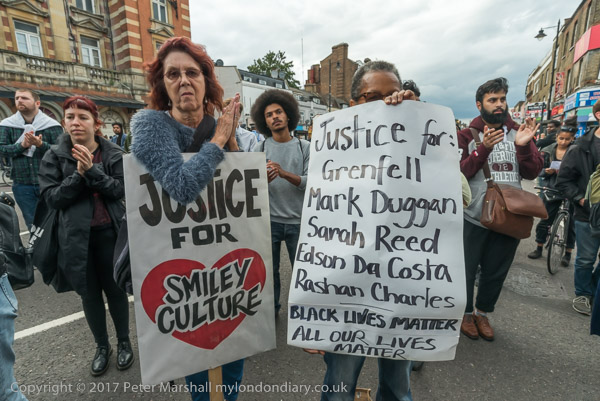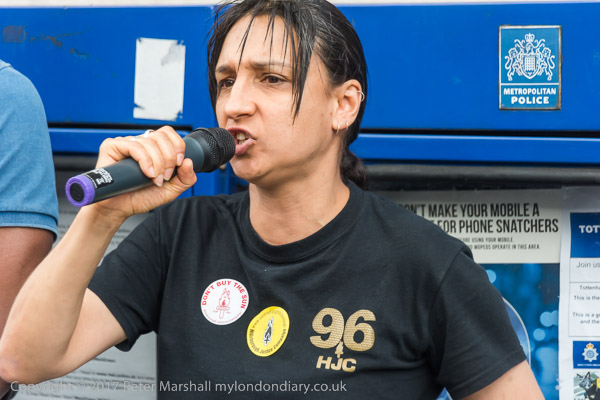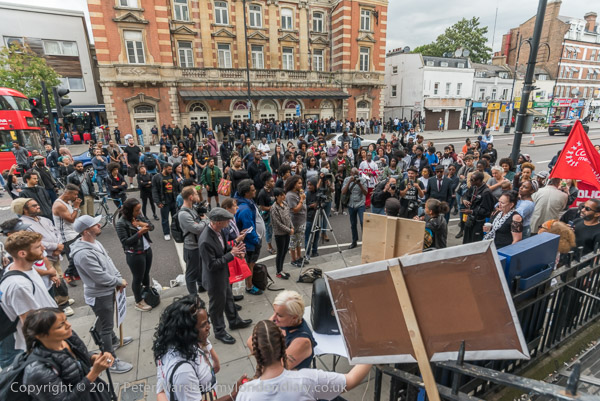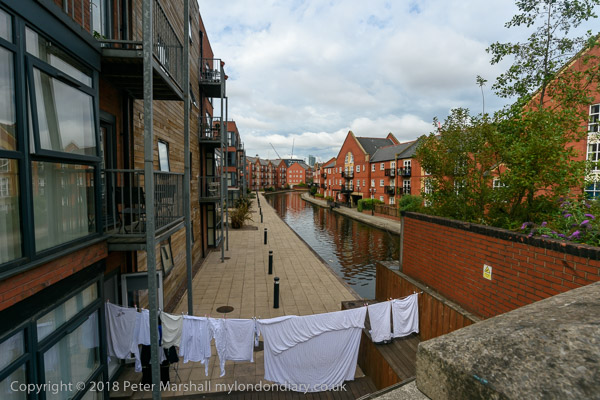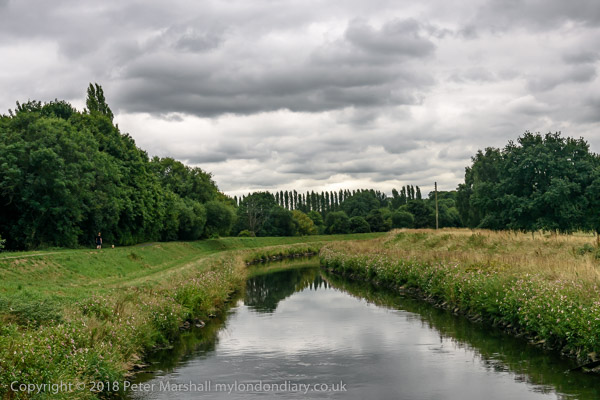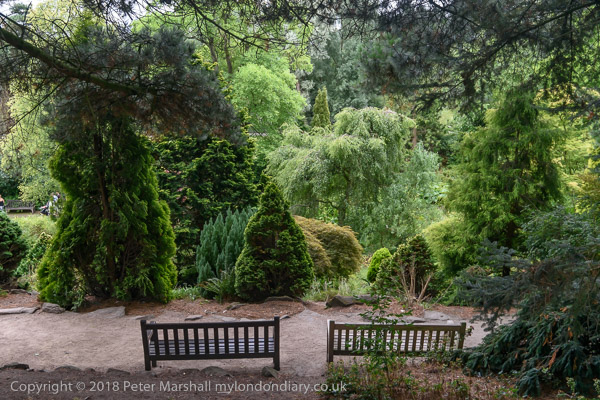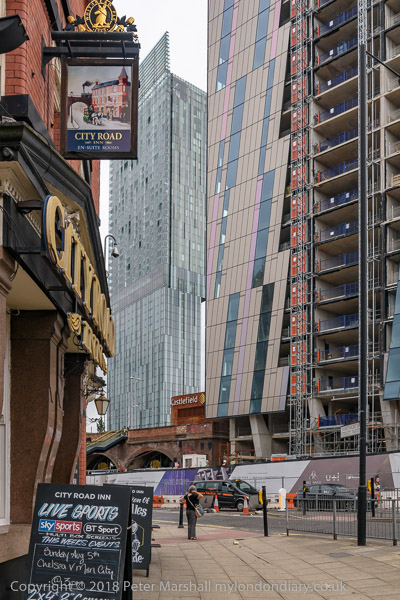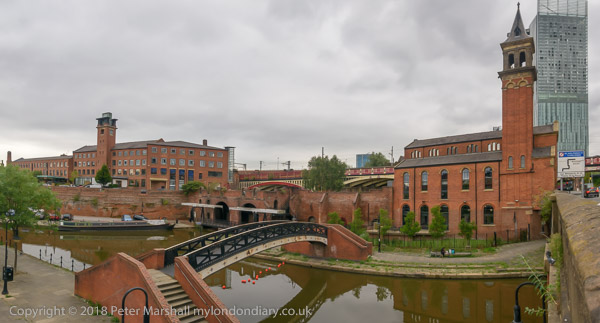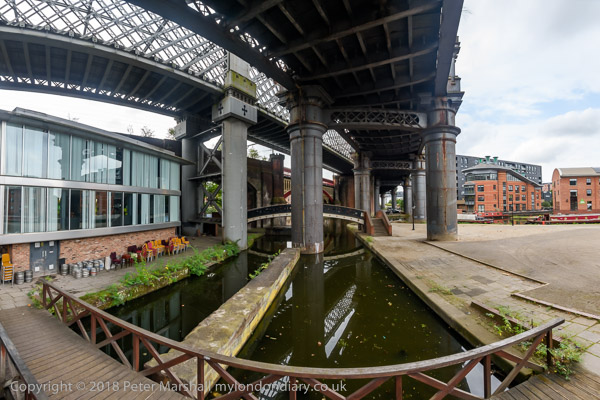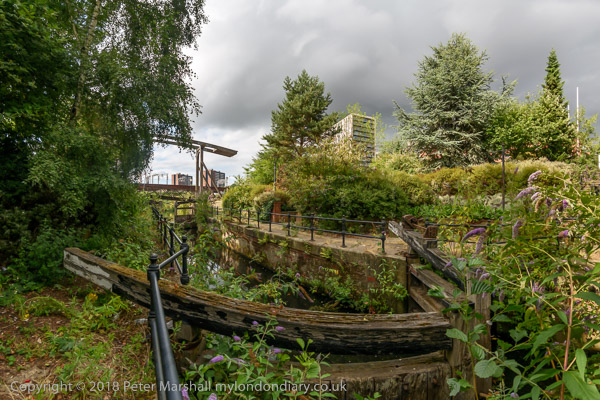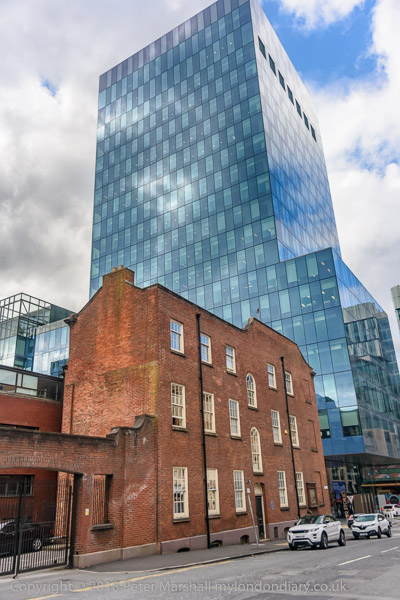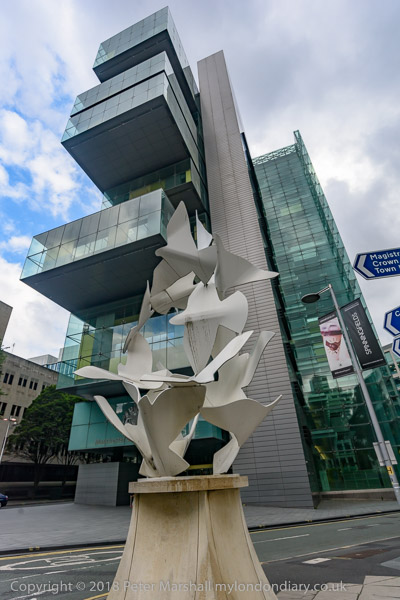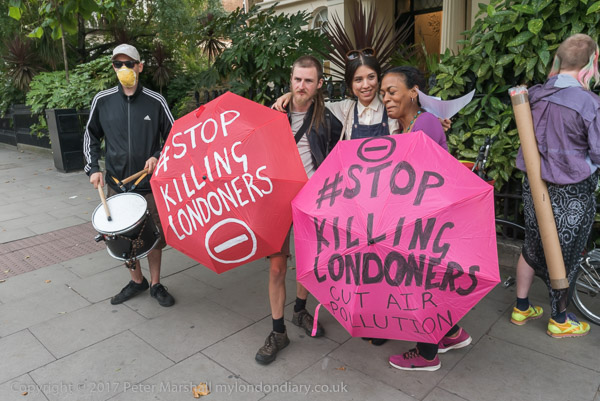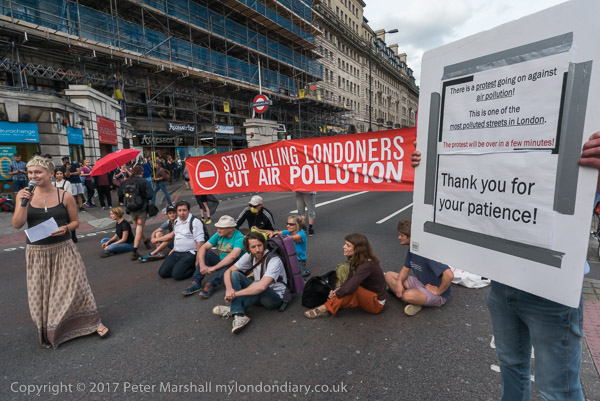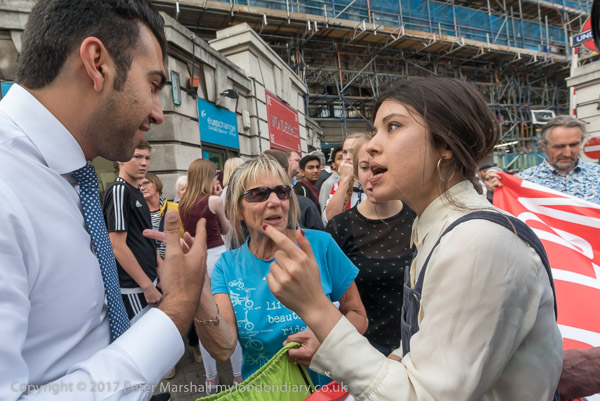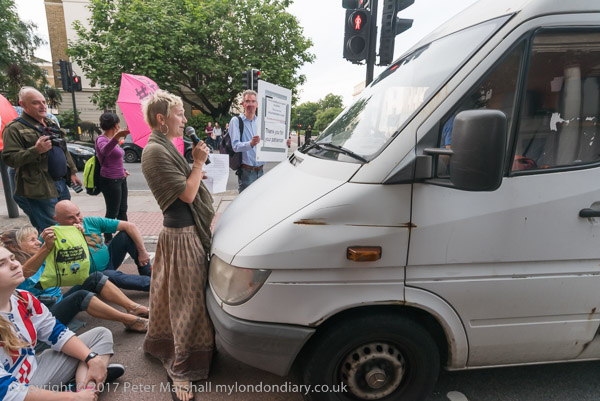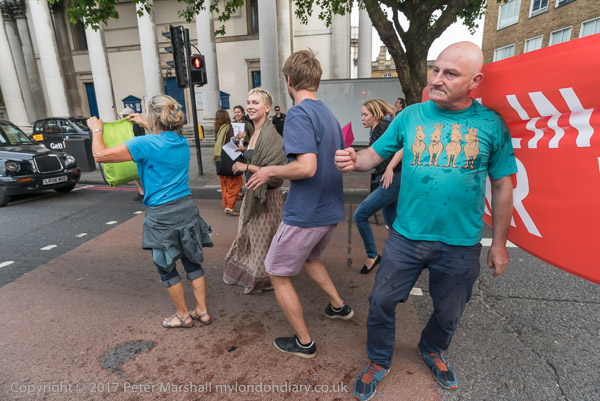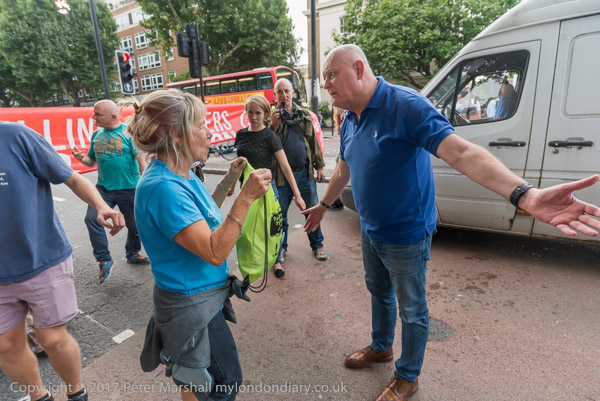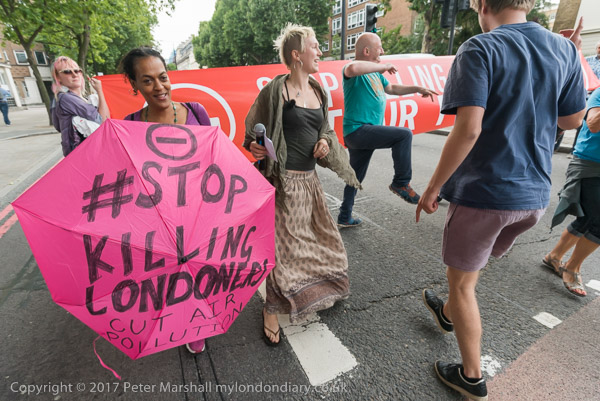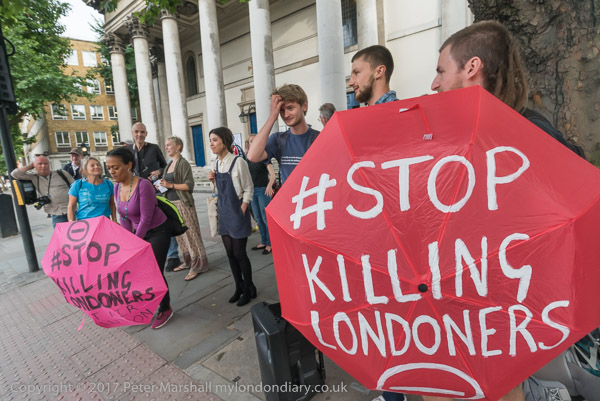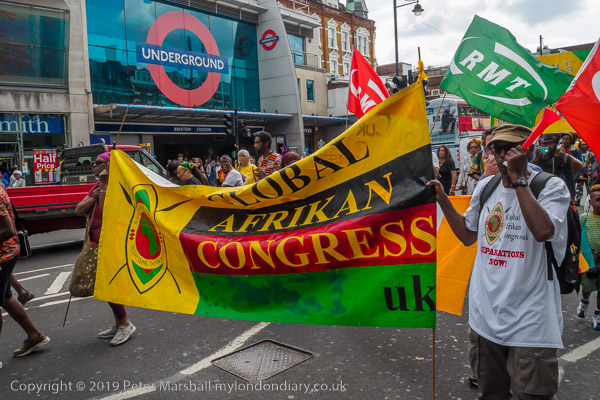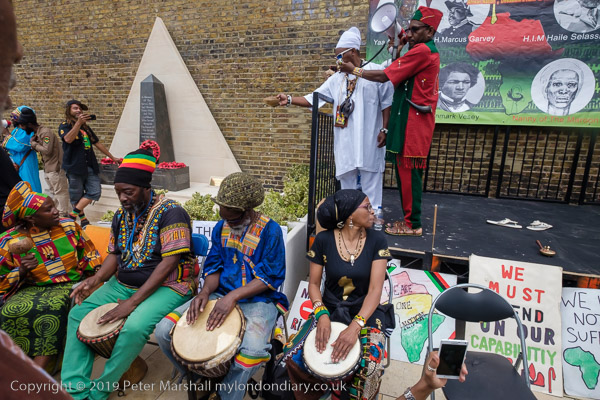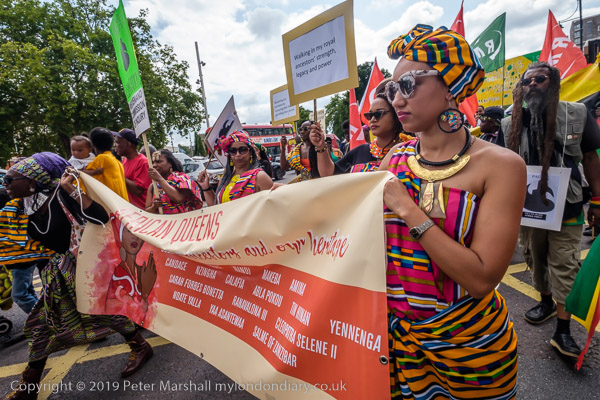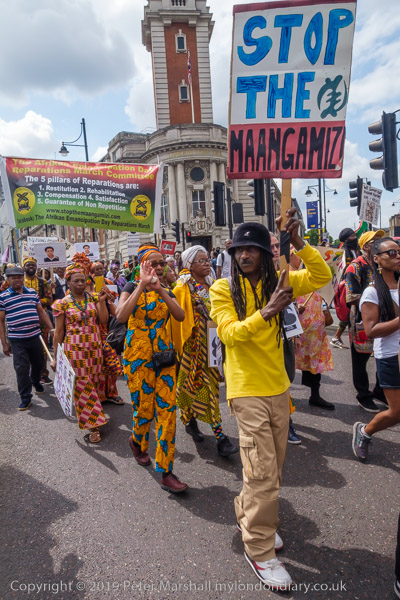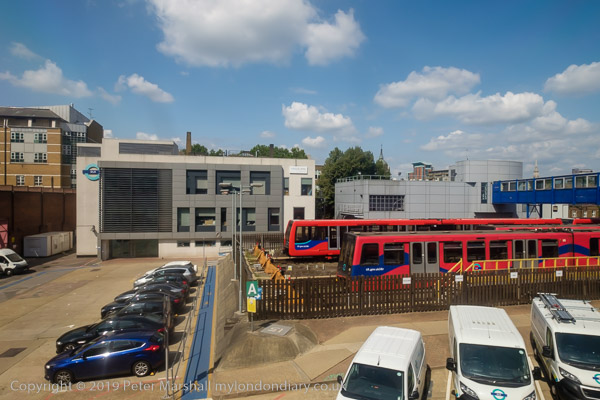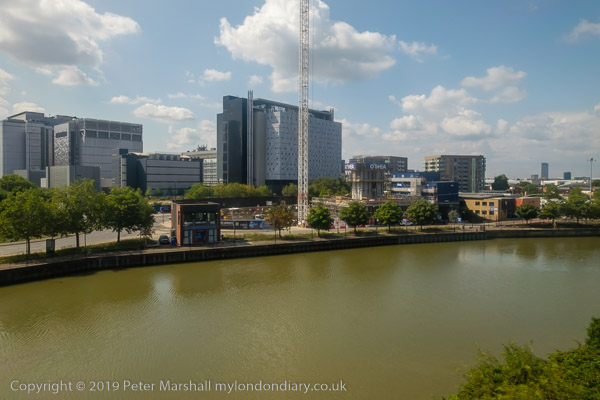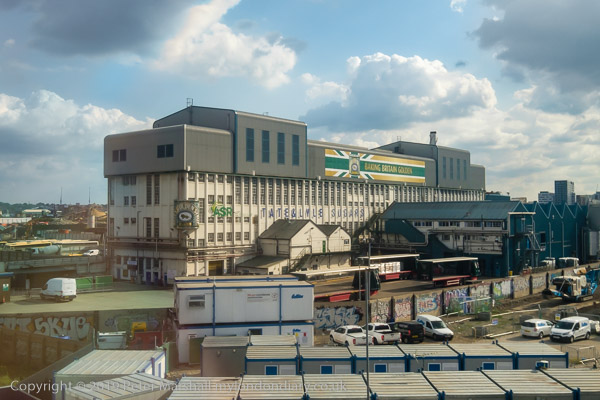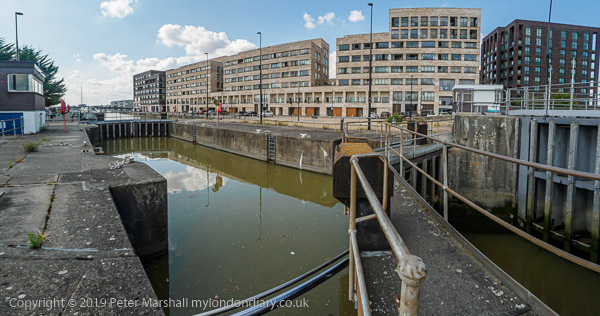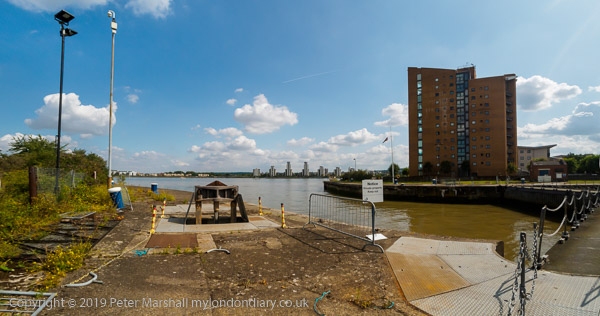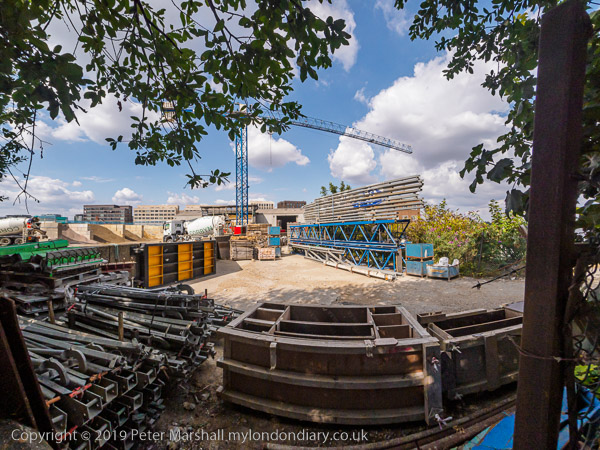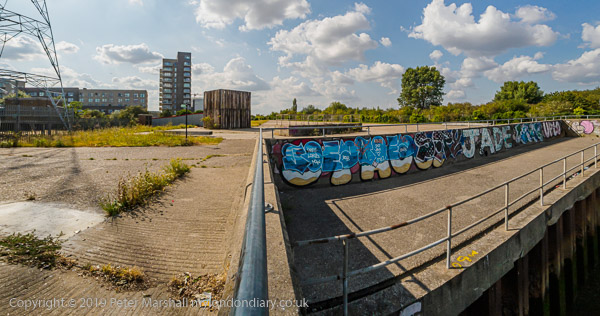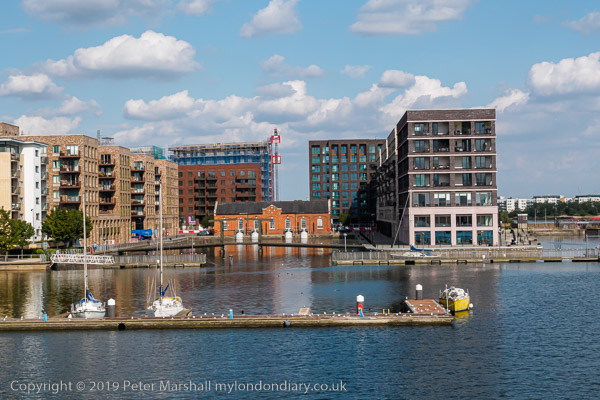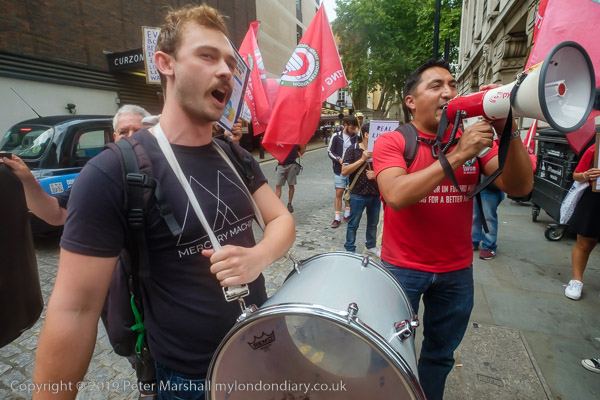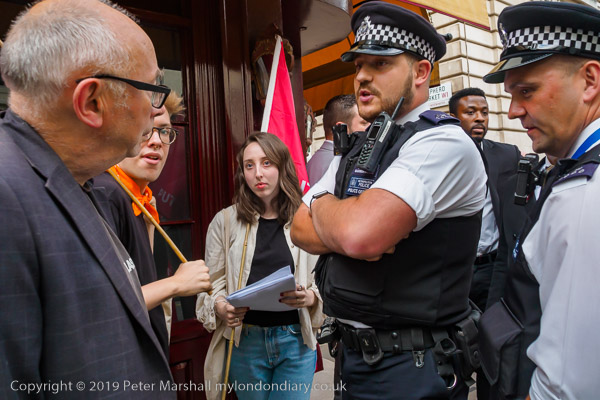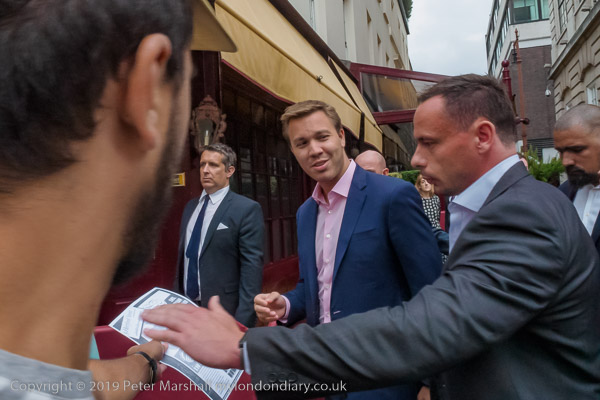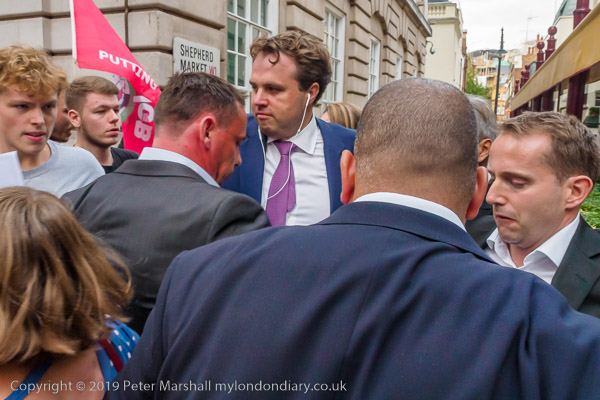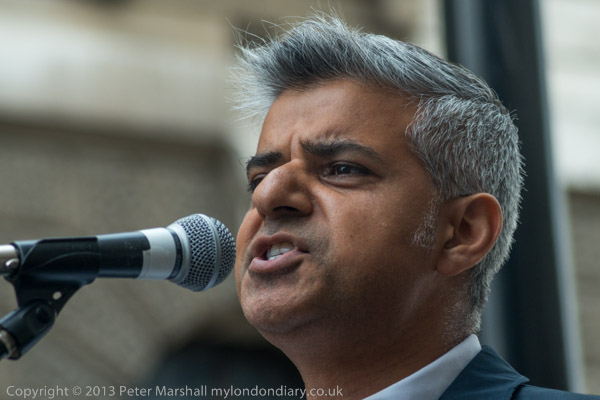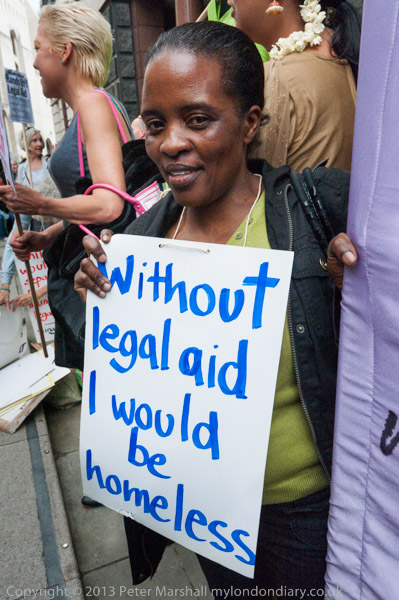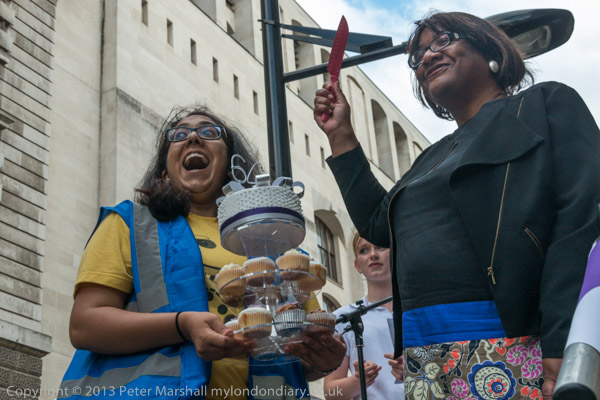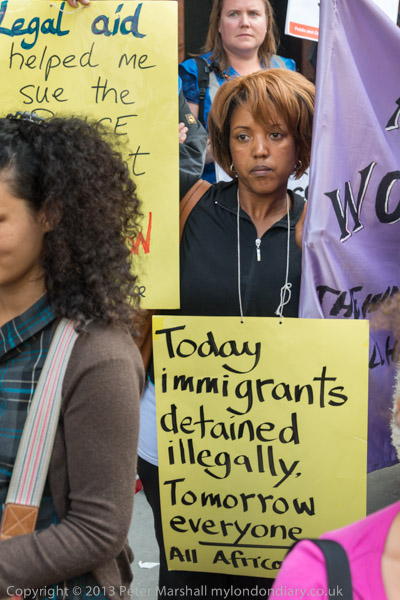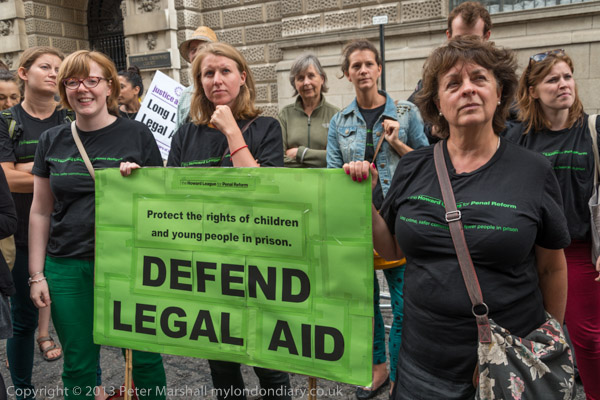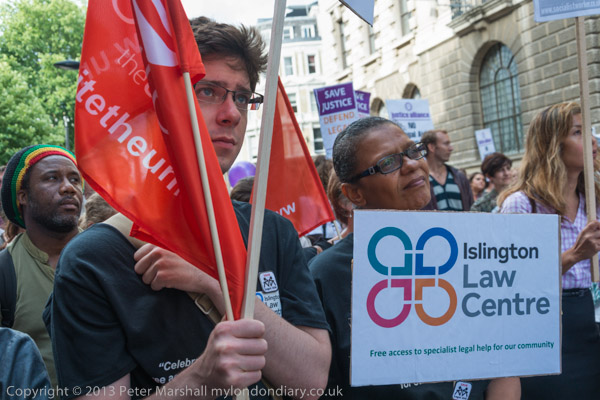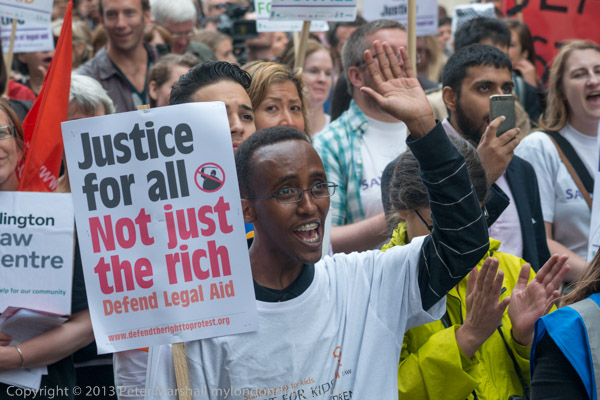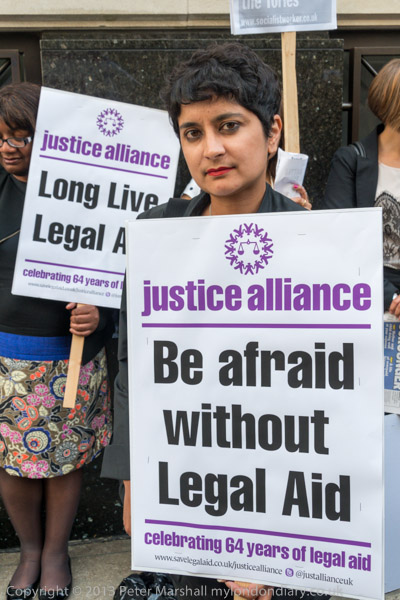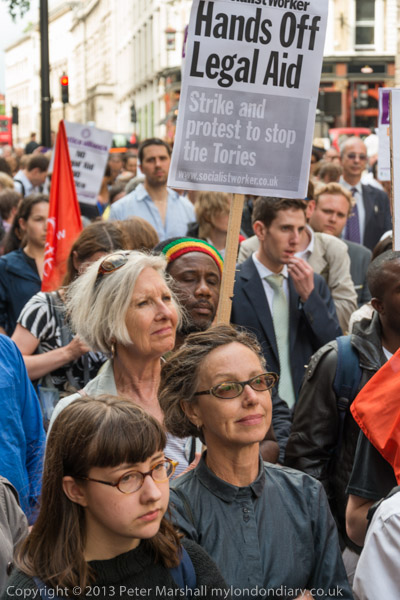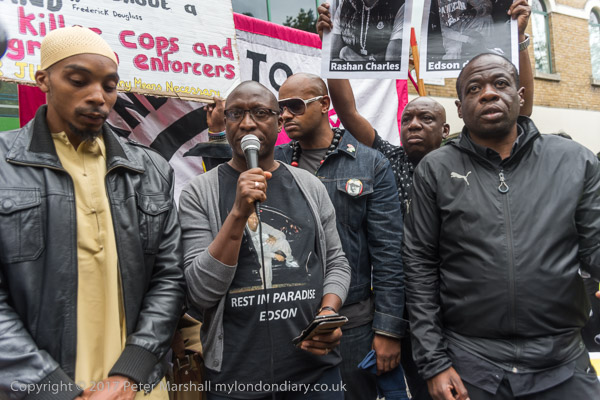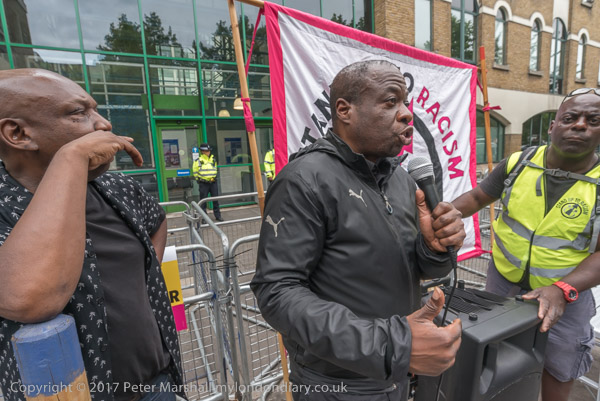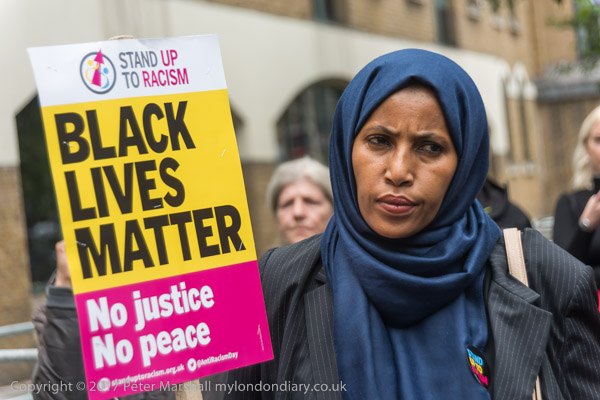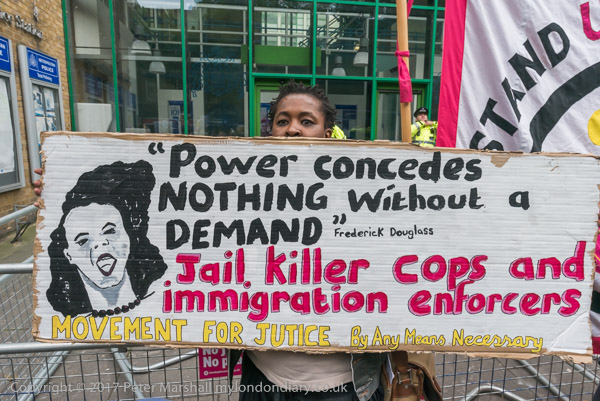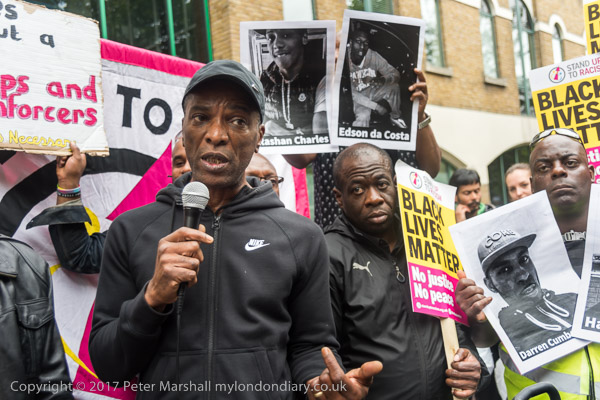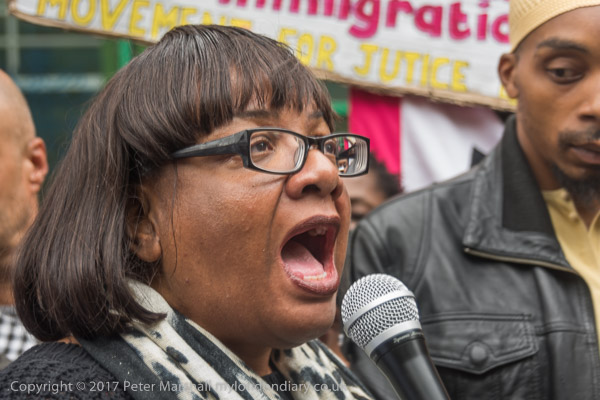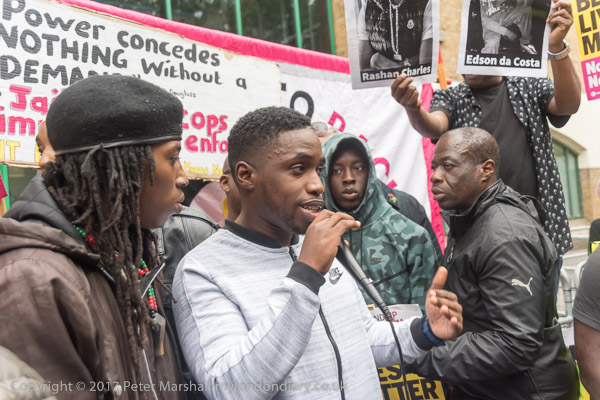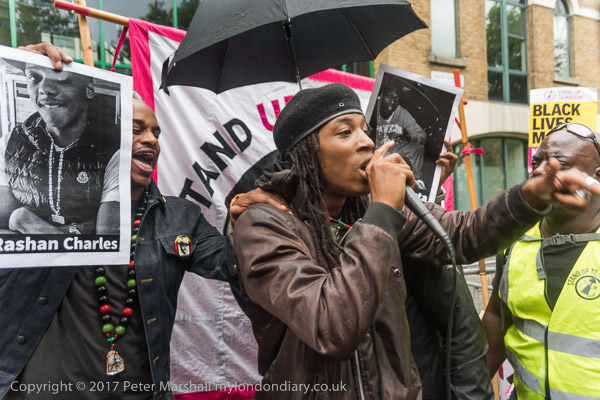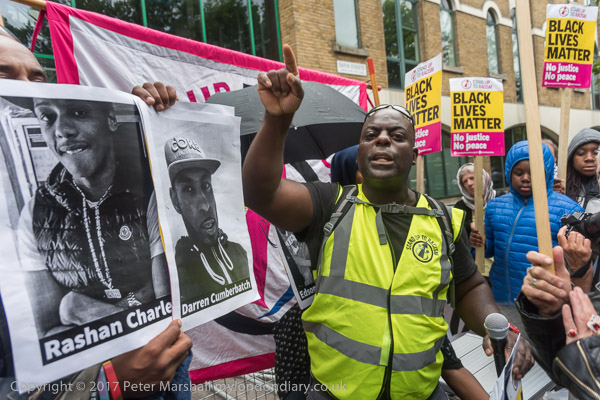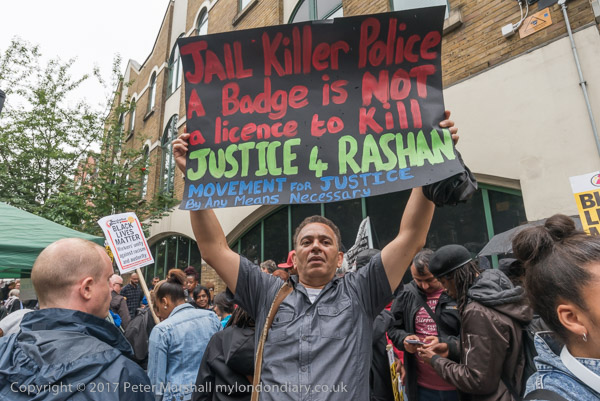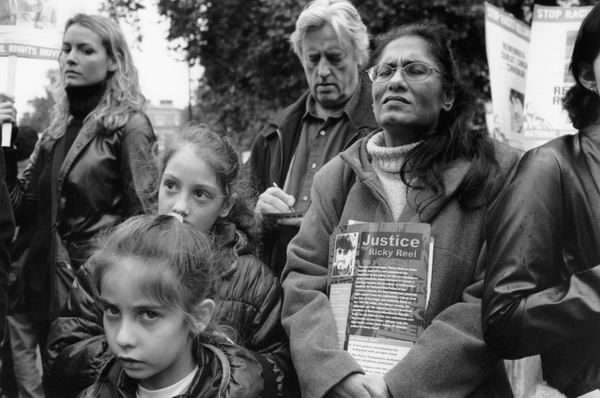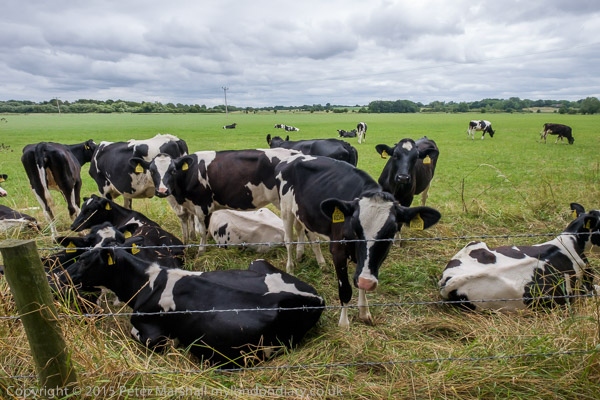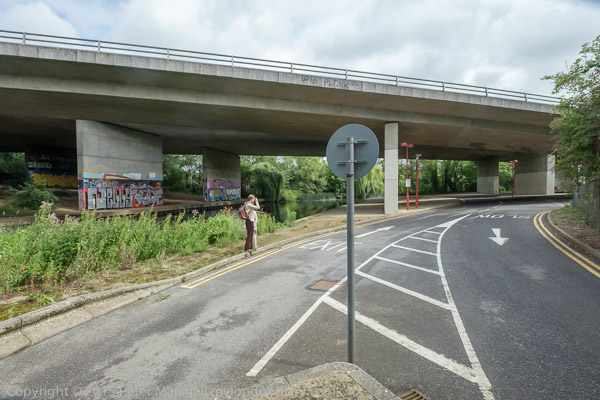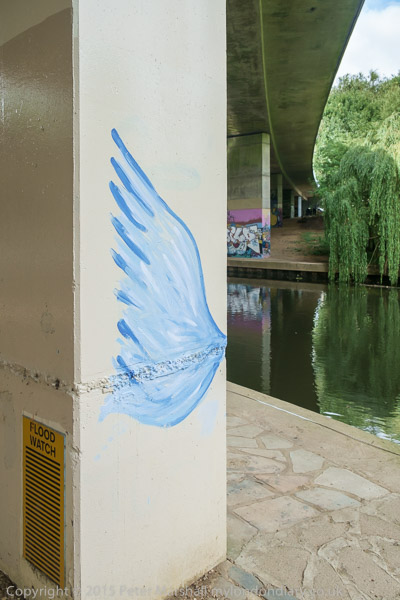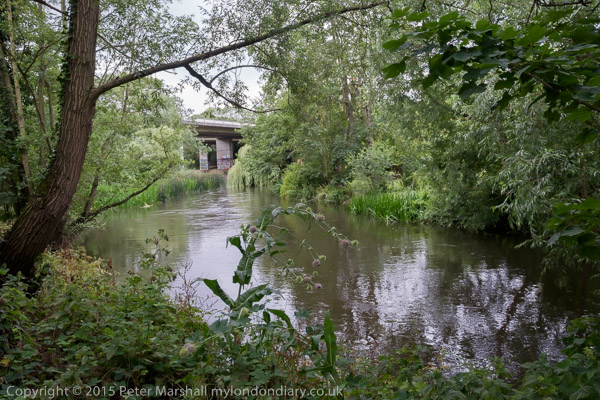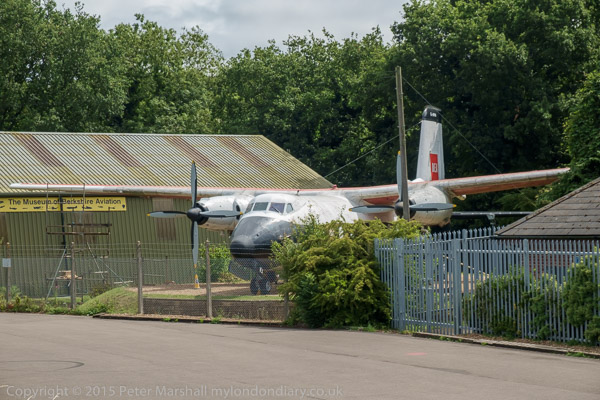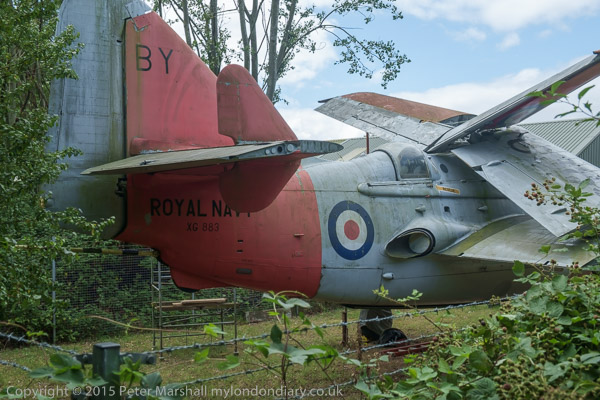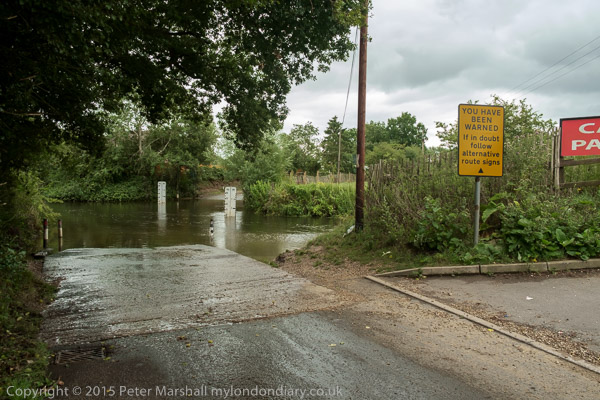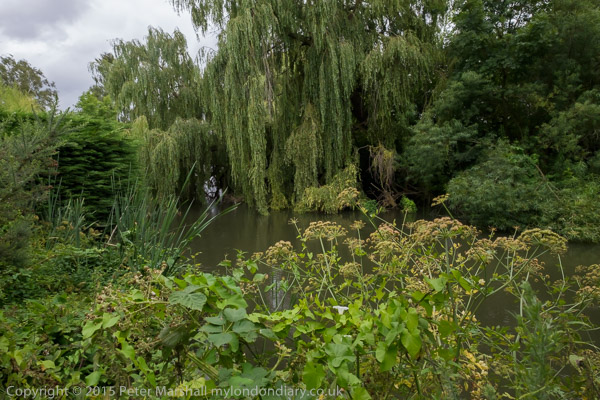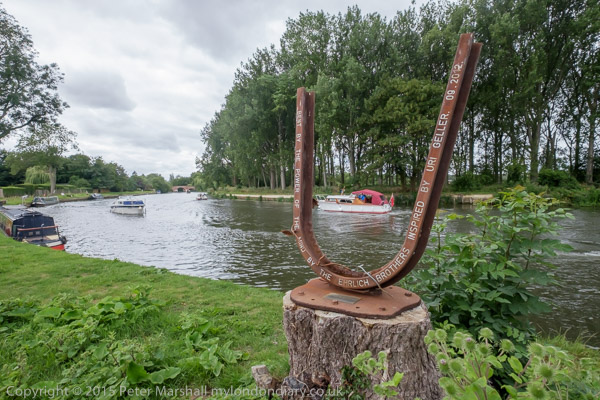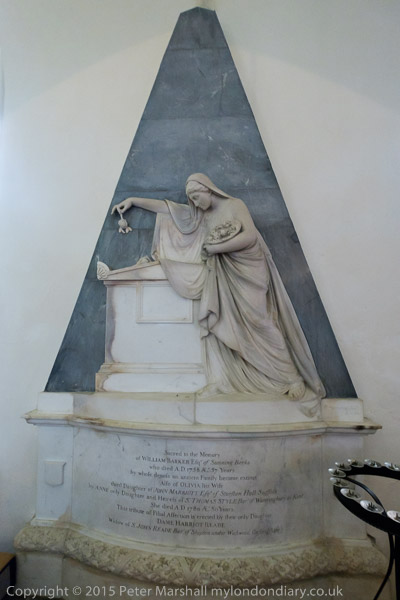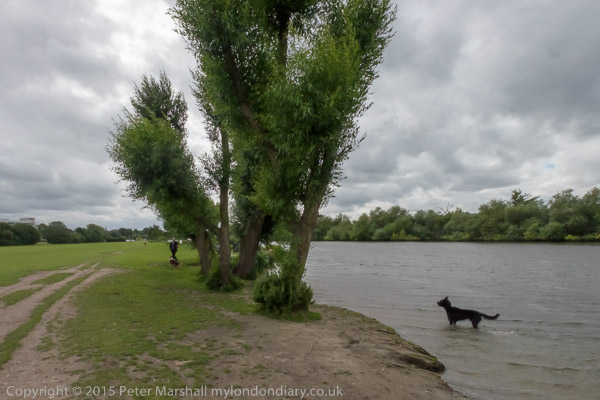Postmen, The Majestic continues my walk on Sunday 28th May 1989. The previous post was Citroen & More Clapham and the walk began with Lavender Hill & Wandsworth Rd – 1989.
Postmen and Postwomen are still using the Postmen’s Office, a rather grand building from AD1902 where Venn Street takes a 90 degree turn to the east with Sedley Place going west. It seems now to be officially known as the Royal Mail Clapham Delivery Office.
I liked this picture partly because it gave some indication of the work which goes on inside the office, but came back for another picture when the rented truck had moved.
When Lambeth Council set up their ‘Local List’ of historic buildings and artifacts which are not included in the statutory listing in 2010 it was one of the first to be listed, along with four others in the Clapham area, recognised by the council itself as being of architectural interest.
The Clapham Society two years later submitted there ow n list of over 70 properties in the area to recommend to the council of which only around ten were added, some excluded because they were inside already designated conservation areas. Clapham really does have a lot of interesting properties
Local listing provides little actual protection to properties but does mean the council will be aware of them in coming to planning decisions and take them into consideration in setting up local development plans. But unlike buildings in conservation areas or listed buildings they can be demolished without consent – which is seldom granted for listed buildings.
The Majestic Cinema at 146 Clapham High St was designed by John Stanley Beard and opened in 1914.
The narrow front entrance – another shopfront between shops – leads to a large auditorium behind behind the shops. It seems that one of the names on the title deeds was Charles Chaplin. The cinema was taken over in 1928 and became part of Gaumont British Cinemas in 1929. Bomb damage closed it for a few months in 1940-1 and in 1950 it was re-named Gaumont Theatre, closing ten years later in 1960.
The side of the cinema gives a better idea of its scale. After it closed as a cinema, the balcony was converted into a recording studio, Majestic Studios, continuing in use even after the main space became a bingo club in 1969, though probably not operating during the same hours. Among those who recorded there were Brian Eno. Adam Faith, David Bowie and the Sex Pistols.
In 1985 it became Cinatra’s nightclub and is now Infernos night club and disco. There are now new blocks on each side of the cinema building.
Langley Electrical, the first of this row of buildings on the opposite side of the street just past the cinema has been removed but the rest from 156 survives and has been tidied up and the ground floor shops mainly converted to residential use.
I walked along Clapham High Street, wandering a little down the side streets off the north side, and turning down Clapham Manor Road to Voltaire Road, where I amused myself a little with this image, hiding the foreground with the van and the ball on the top of a gate post. I think that gate has since been demolished but the houses are still there.
This picture was taken across the road from the corner with Voltaire Road. There are still shops though looking rather less run down and housing different businesses and the houses behind are still there but no longer advertise the CASH SUPPLY STORES selling VEGETABLES CAULIFLOWERS and something illegible or THE MUSIC ROLL EXCHANGE offering Gramophone Records and claiming to have the LARGEST STOCK OF SECONDHAND MUSIC ROLLS IN ALL LONDON.
The railings have also gone, replaces around 2012 with some stands for locking bikes.
My walk on Sunday 28th May 1989 will continue in another post.







